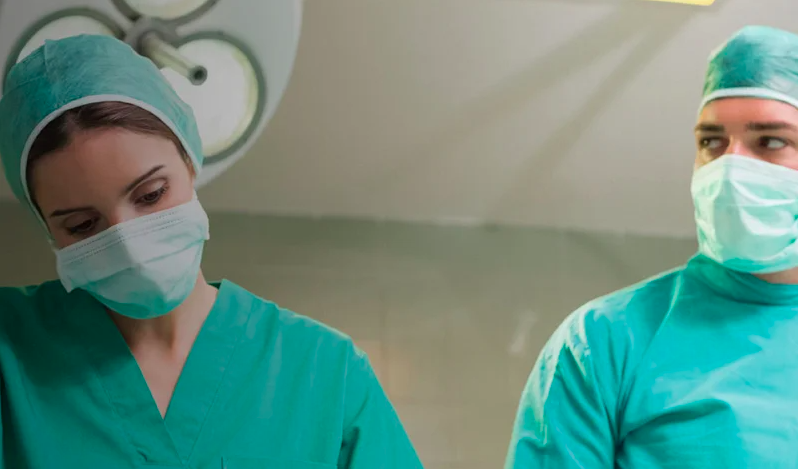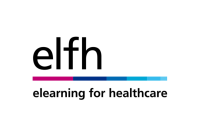Anaesthesia | Paediatrics | Spontaneous Ventilation Techniques



Spontaneous Ventilation Techniques
Session Overview
Description
This session is a guide to the use of spontaneous ventilation techniques during general anaesthesia in paediatric patients. Relevant respiratory anatomy and physiology in paediatric patients is considered, with particular reference to the potential limitations of a spontaneous ventilation technique in neonates and infants. Airway management, paediatric breathing systems and the use of monitoring are also described.
Learning Objectives
By the end of this session you will be able to:
- Define a spontaneous ventilation technique for the maintenance of general anaesthesia
- Describe the effects of general anaesthetic agents on respiratory physiology in paediatric patients
- Identify features of the clinical setting in which a spontaneous ventilation technique is appropriate for maintenance of general anaesthesia in children
- Describe the principles of conduct of anaesthesia using a spontaneous breathing technique
- Identify which monitors are essential during anaesthesia when the patient is breathing spontaneously
- Describe an ideal breathing system for paediatric patients spontaneously breathing under anaesthesia
Maintenance of anaesthesia in paediatric patients can be achieved using spontaneous breathing or controlled ventilation. The choice of technique is influenced by many factors which include the age and condition of the patient as well as surgical factors such as timing, site and duration of surgery.
This session will give guidance on how to assess whether a technique in which the patient remains spontaneously breathing is suitable for maintenance of anaesthesia, and then address how to use the technique in paediatric anaesthetic practice.
- Anaesthesia Fundamentals | Physiology | Visceral P...
- Posted By eIntegrity Healthcare e-Learning
- Posted Date: 2024-11-12
- Location:Online
- This session describes the clinical features of visceral pain and neuropathic pain, and contrasts these with somatic pain. The neurological pathway is discussed and the principle of central sensitization.
- Anaesthesia Fundamentals | Physiology | Pain - Per...
- Posted By eIntegrity Healthcare e-Learning
- Posted Date: 2024-11-12
- Location:Online
- This session works through the peripheral and central mechanisms of pain.
- Anaesthesia Fundamentals | Physiology | Neurologic...
- Posted By eIntegrity Healthcare e-Learning
- Posted Date: 2024-11-12
- Location:Online
- The session covers the organization of the spinal cord for motor functions, the types of motor neurones, the structure and function of muscle spindles and Golgi tendon organs, and the muscle stretch reflex, flexor and crossed extensor reflexes.
- Anaesthesia Fundamentals | Physiology | Autonomic ...
- Posted By eIntegrity Healthcare e-Learning
- Posted Date: 2024-11-12
- Location:Online
- This session summarises the structure and function of the autonomic nervous system.
- Anaesthesia Fundamentals | Physiology | The Brain
- Posted By eIntegrity Healthcare e-Learning
- Posted Date: 2024-11-12
- Location:Online
- Â This session covers the functional physiological divisions of the brain, the regulation of blood flow and physiology of cerebrospinal fluid.

